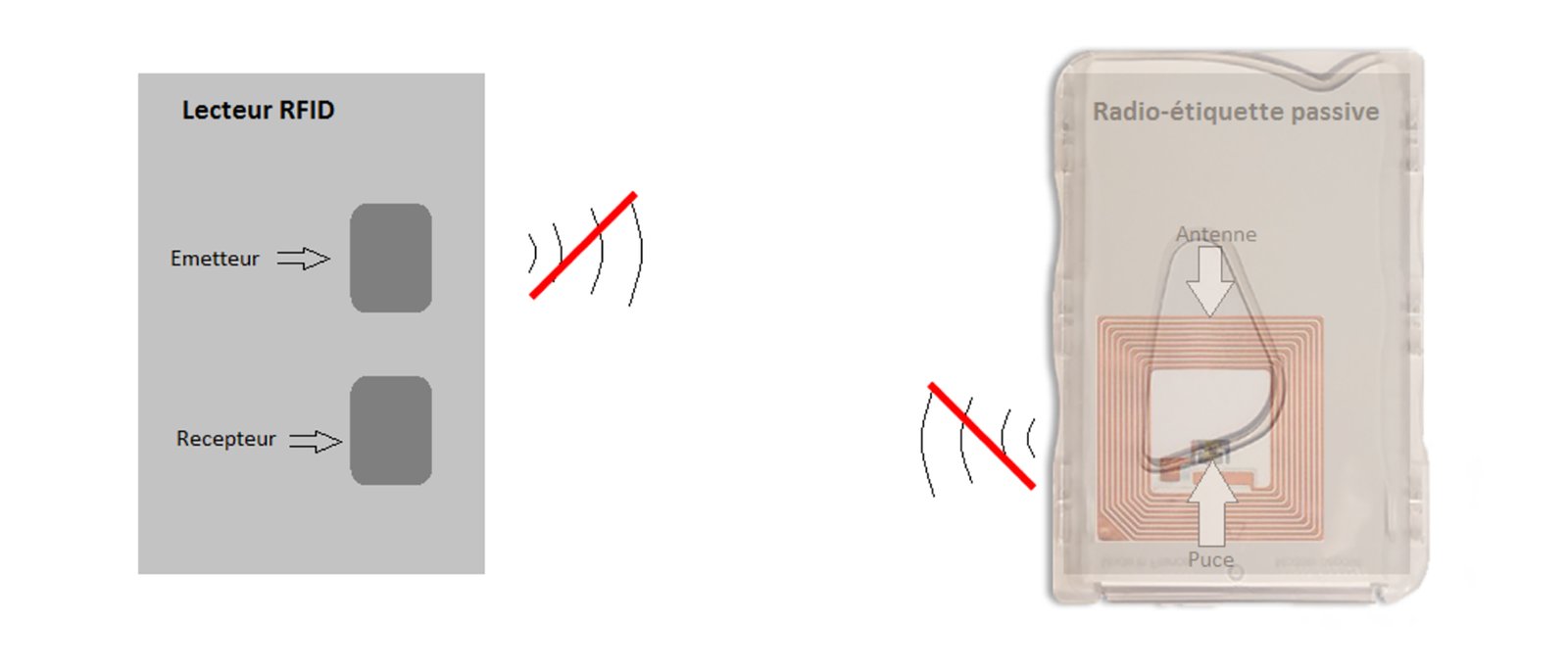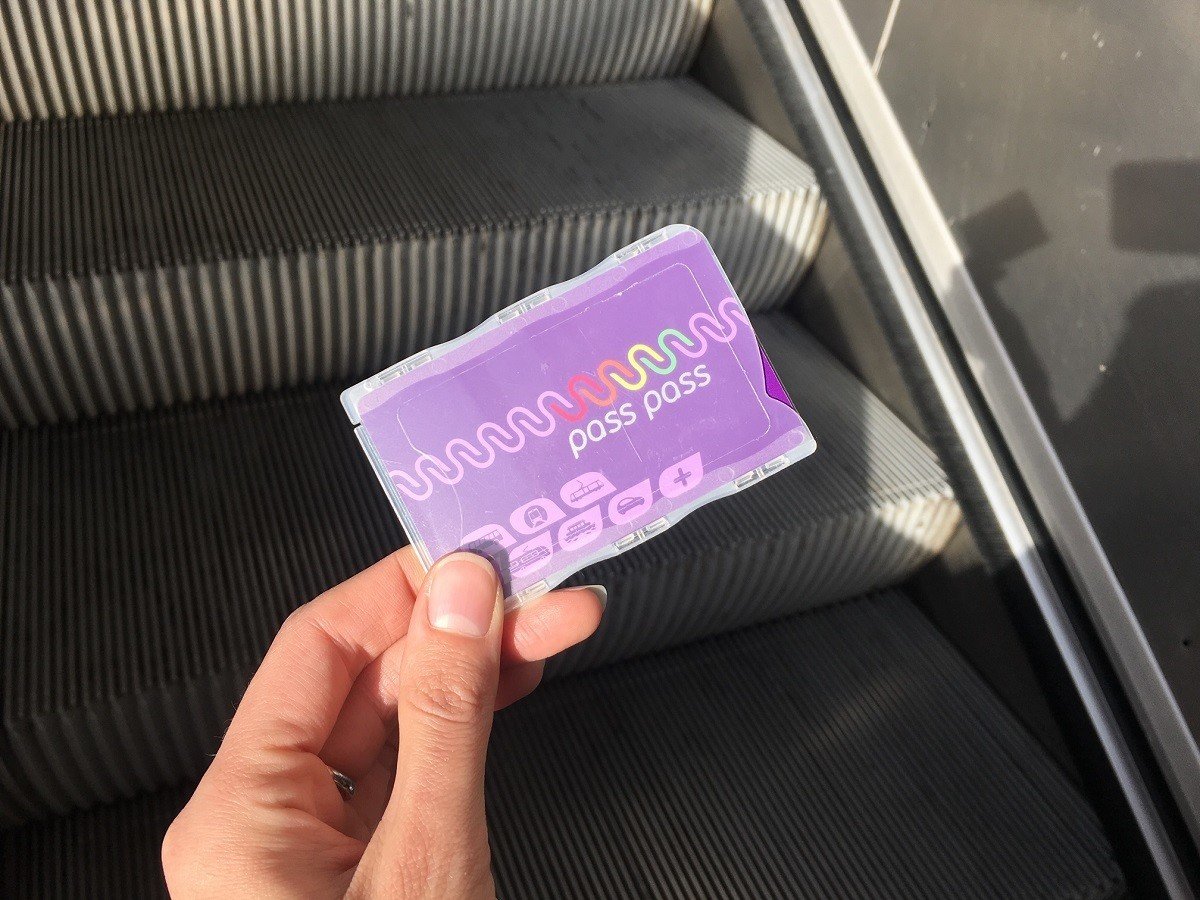RFiD technology, or Radio Frequency Identification, is an identification method that was introduced and developed in the 50s and continues to be used today, for a variety of purposes.
We find this technology in our payment cards, in some passports, on barcodes, and sometimes even in our pets.
It often takes the form of a tag containing a microchip, connected to a small antenna wrapped around itself. It's the same little tag you sometimes find on clothes in stores or in books.
When an RFiD reader emits radio waves, the chip inside the tag resonates and sends back a signal, which the RFiD reader in turn receives. The chip inside the tag stores the information, and is referenced in a database managed by the company that issued it. It is equipped with an application to interpret commands sent by an RFiD reader. If the command is not understood, the card returns no information.
So, when the reader receives the waves sent back by the antenna, it can identify the card thanks to this database, and thus validate or not a ticket, a payment or a time clock, depending on the application installed on the card.
NFC technology, or Near-Field Communication, is also based on this kind of system. The difference lies in the range of the waves. Cards and phones equipped with NFC technology are only detected by a terminal when they come into contact with it, whereas RFID technology, like Bluetooth, can have a range of 10 to 15 meters. NFC technology is found in our bank cards, for example, as it enables faster data exchange with payment terminals and reduces the risk of piracy.
These RFID tags are constantly exposed to all kinds of hazards, so it's advisable to fit them with card protectors to avoid any risk of breakage by bending the card, or even data piracy.
Folding the card can damage the antenna. Unlike a PIN card (for a telephone package, for example), cutting a card to keep only the chip visible renders it totally unusable, as the antenna that transmits the waves is cut off.
Water is also harmful: a drop of water seeping into the card could render the chip and antenna unreadable, rendering the card mute.
You should therefore take care when handling your smart cards, for example by equipping them with anti-RFID/NFC protection, which prevents the waves from passing through.
Such a case acts like a Faraday cage around the card, making it impervious to waves. We affix a label with an aluminum base to the inner surface of the case, preventing any type of wave from passing through the card.
With protection :

The electrons in aluminum cancel out external electrical charges. They block electromagnetic waves and even prevent electricity from passing through it if the aluminum is earthed.
At EKA, we put innovation at the service of your security. Our anti-RFiD/NFC cases are tested by a specialized test office, undergoing various checks to ensure that the card is indeed isolated from all types of waves.
